Japan’s Best Hotels and Ryokan: A hospitality photographer’s top picks
As a photographer based in Japan, I spend a lot of time in hotels, from no-frills business stays to historic ryokan and high-end retreats. Alongside my travel photography work, much of what I capture focuses on the people, spaces, and details that express omotenashi: the total devotion to guests’ comfort that defines Japanese hospitality. That sensibility shapes how I work as a hospitality photographer in Japan.
Over the last several years, I’ve started compiling a mental list of some of my favorite stays, so I’ve decided to write about a few of them here in the hopes of inspiring travelers to include them on their itinerary. These are not sponsored picks, just personal favorites from recent travels and assignments. If you’re looking for somewhere to stay, eat, or simply experience the best of omotenashi, the accommodations on this list are definitely worth checking out.
Yanbaru Hotel Nanmei Shinshitsu – Exploration, history, and slow-living in Okinawa’s Blue Zone
I knew about this sleepy sea-side retreat because I had researched and written a piece about the restoration of traditional kominka homes for the Okinawa Convention & Visitors Bureau’s Visit Okinawa Japan website. When an editor at the UK travel magazine Which? Travel asked me to write and photograph a story about Okinawa’s Blue Zones, I jumped at the opportunity to stay at this “hotel.” Nanmei Shinshitsu is actually a collection of restored kominka houses in Yanbaru, a subtropical rainforest in the northern region of Okinawa Island. A three-day stay here includes your choice of curated experiences with a dedicated “sherpa” guide, from rainforest hiking to playing shamisen (a traditional Japanese three-stringed musical instrument) with a local couple in their home. Your sherpa comes to your home to cook a hearty breakfast using all local ingredients in the home’s wood-fired stone hearth. I spent my days exploring Yanbaru National Park, visiting a local craft studio, and attending a food and music festival with my sherpa, Risa. The experience reflected the values that define Okinawa’s Blue Zones—community, sustainability, and balance—and showed how deeply those ideas can inform meaningful hospitality in Japan.

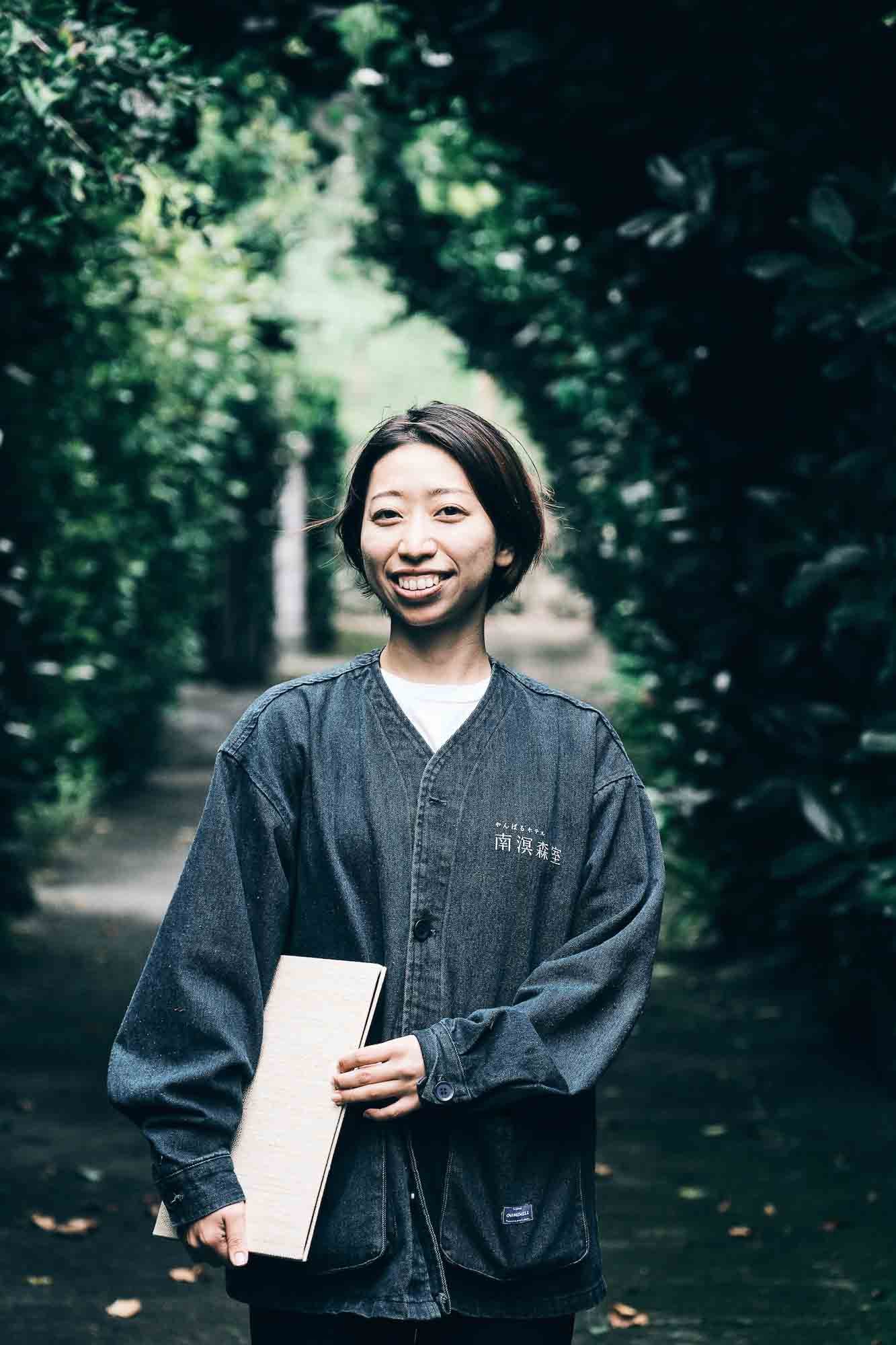
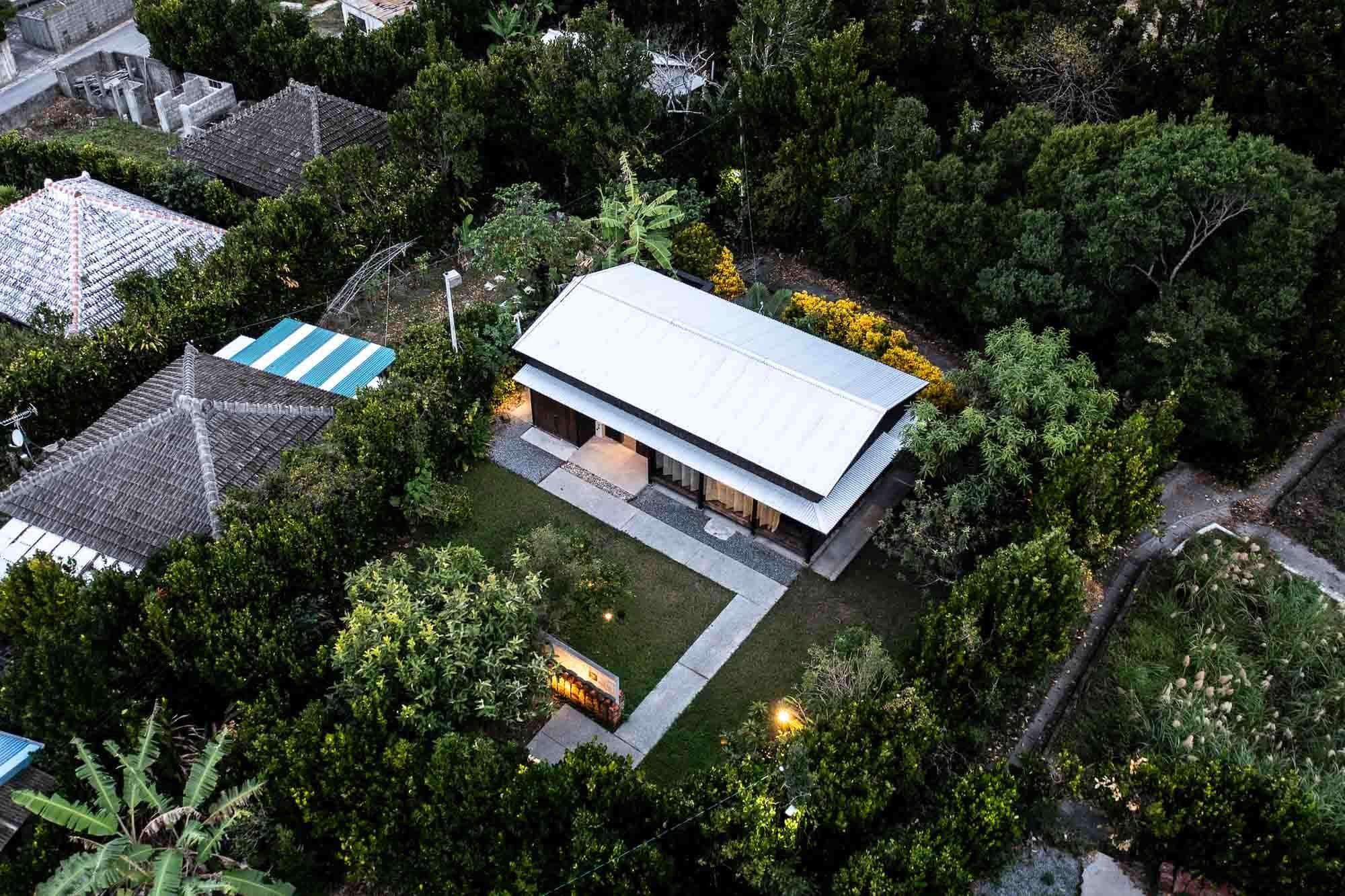
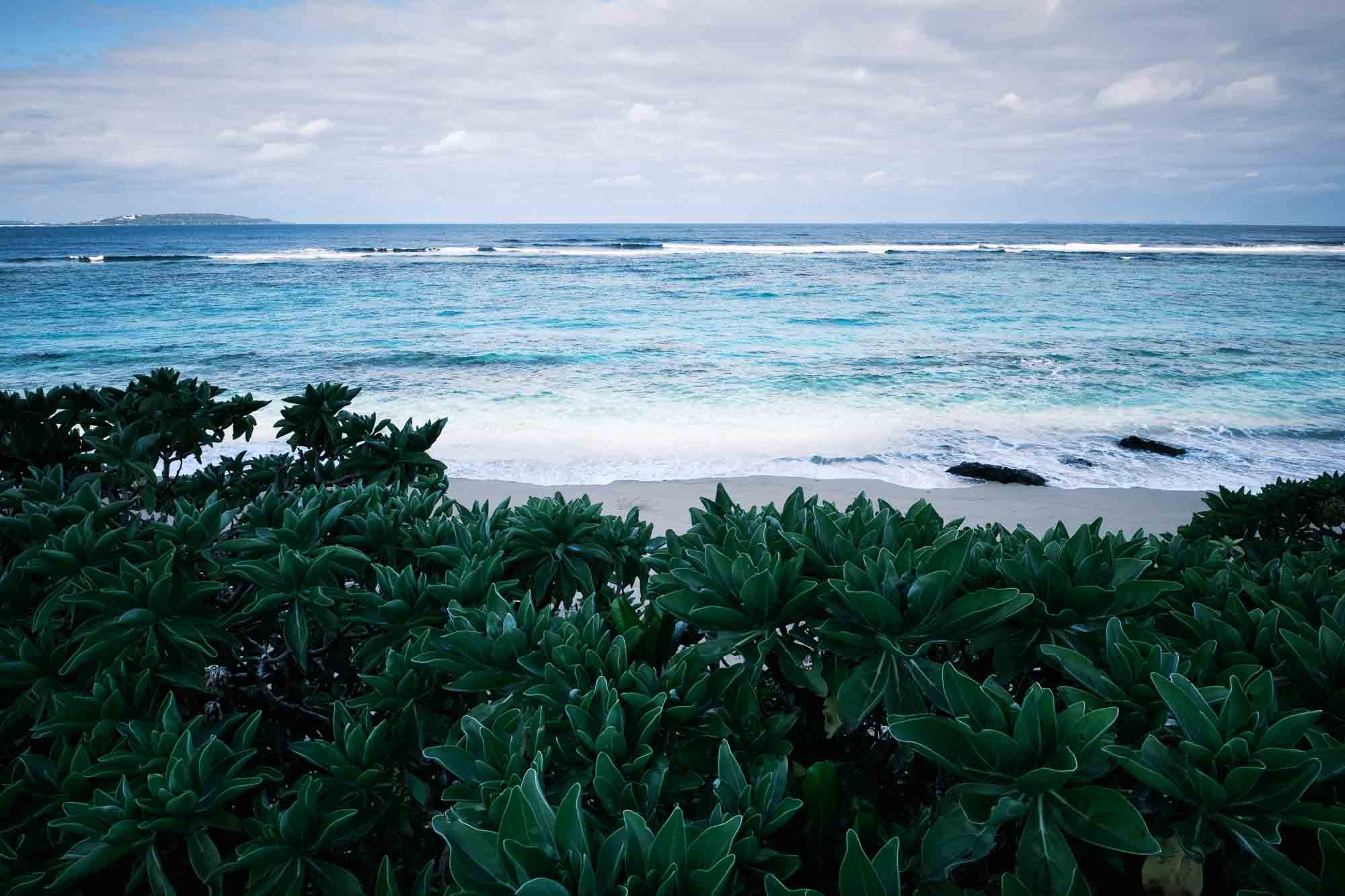
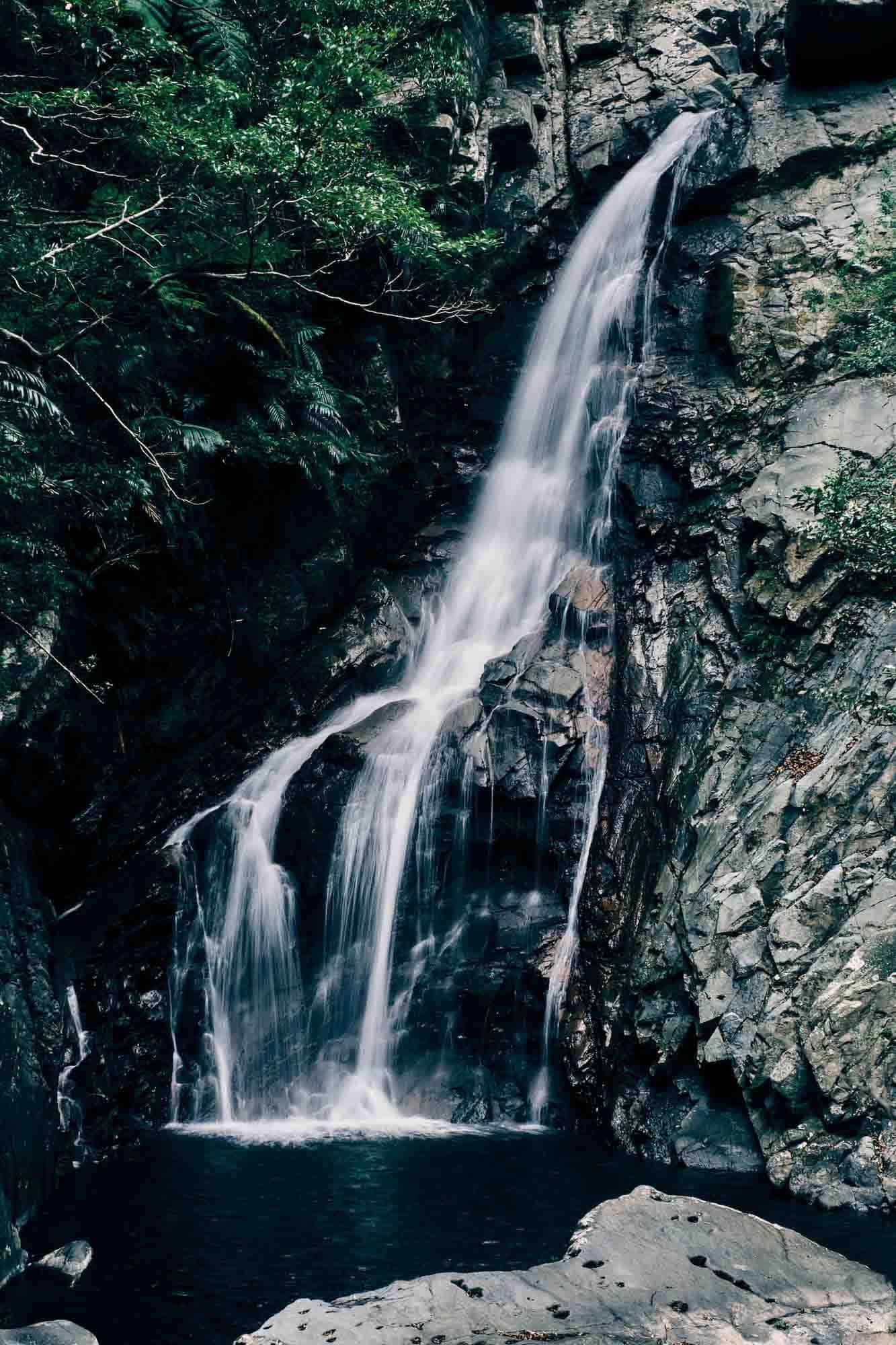


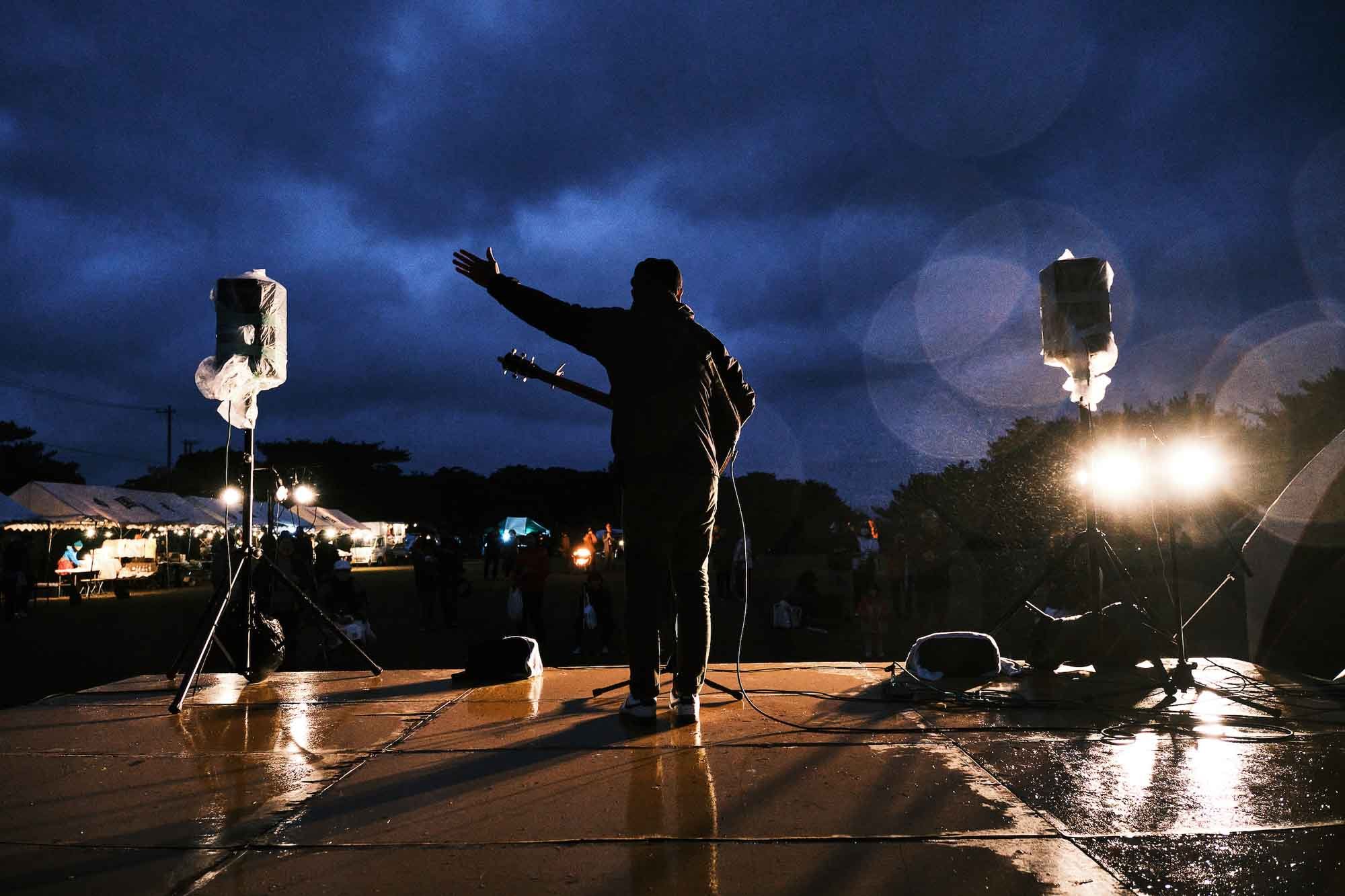
Hoshino Resorts KAI Unzen – Luxury hotel photography in Nagasaki’s Unzen Hot Springs
Situated among the steaming hot springs of Unzen, this luxury accommodation blends Japanese, Chinese, and Dutch architectural influences with classic Japanese hospitality. I photographed interiors and seasonal dishes here while on assignment for National Geographic Traveller UK, and the quiet elegance of the space stayed with me. From the food to the hot baths, each detail is dialed in for maximum comfort and pleasure. But it was the letterpress experience, highlighting Nagasaki’s role as a historic point of cultural exchange, that left the strongest impression.
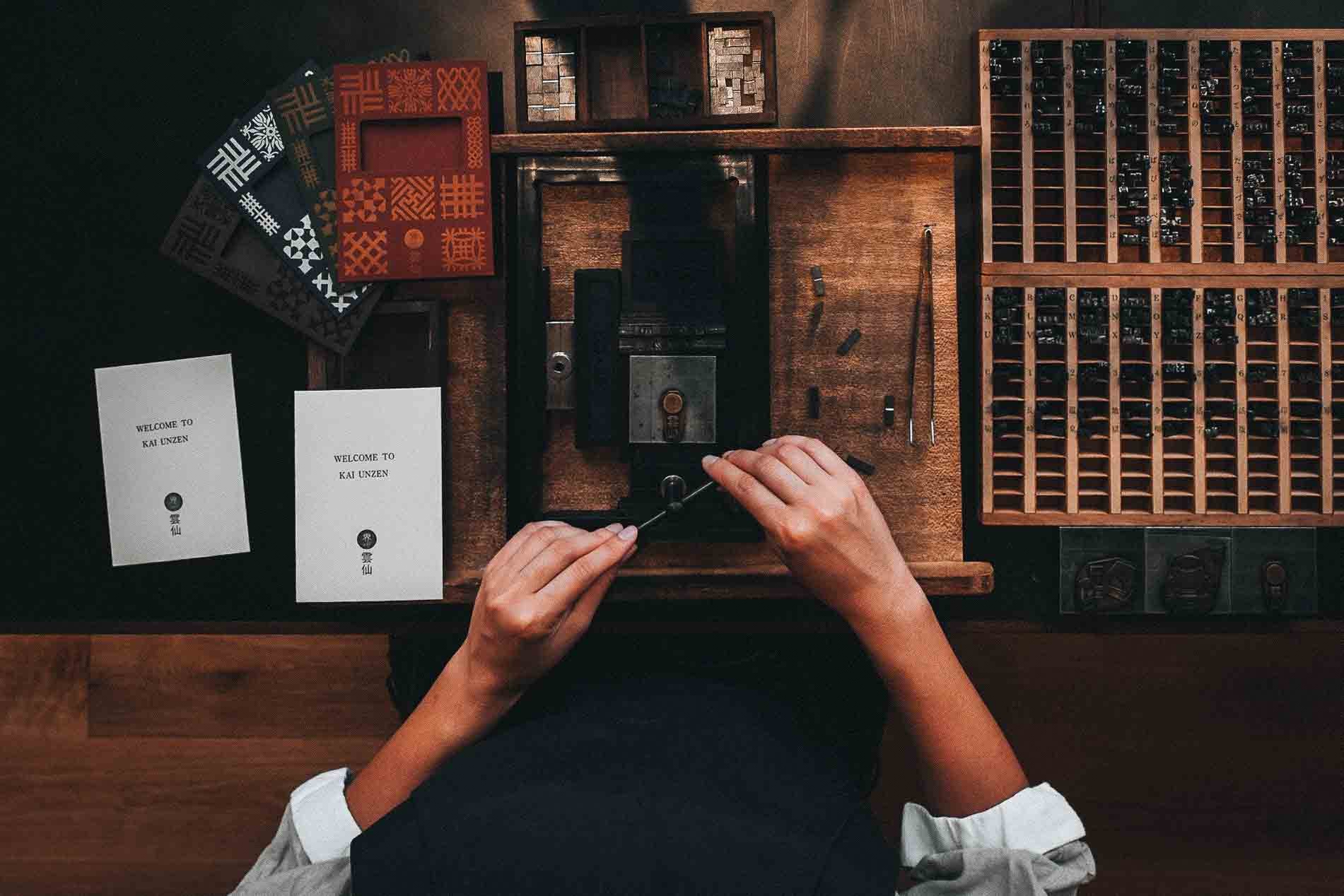




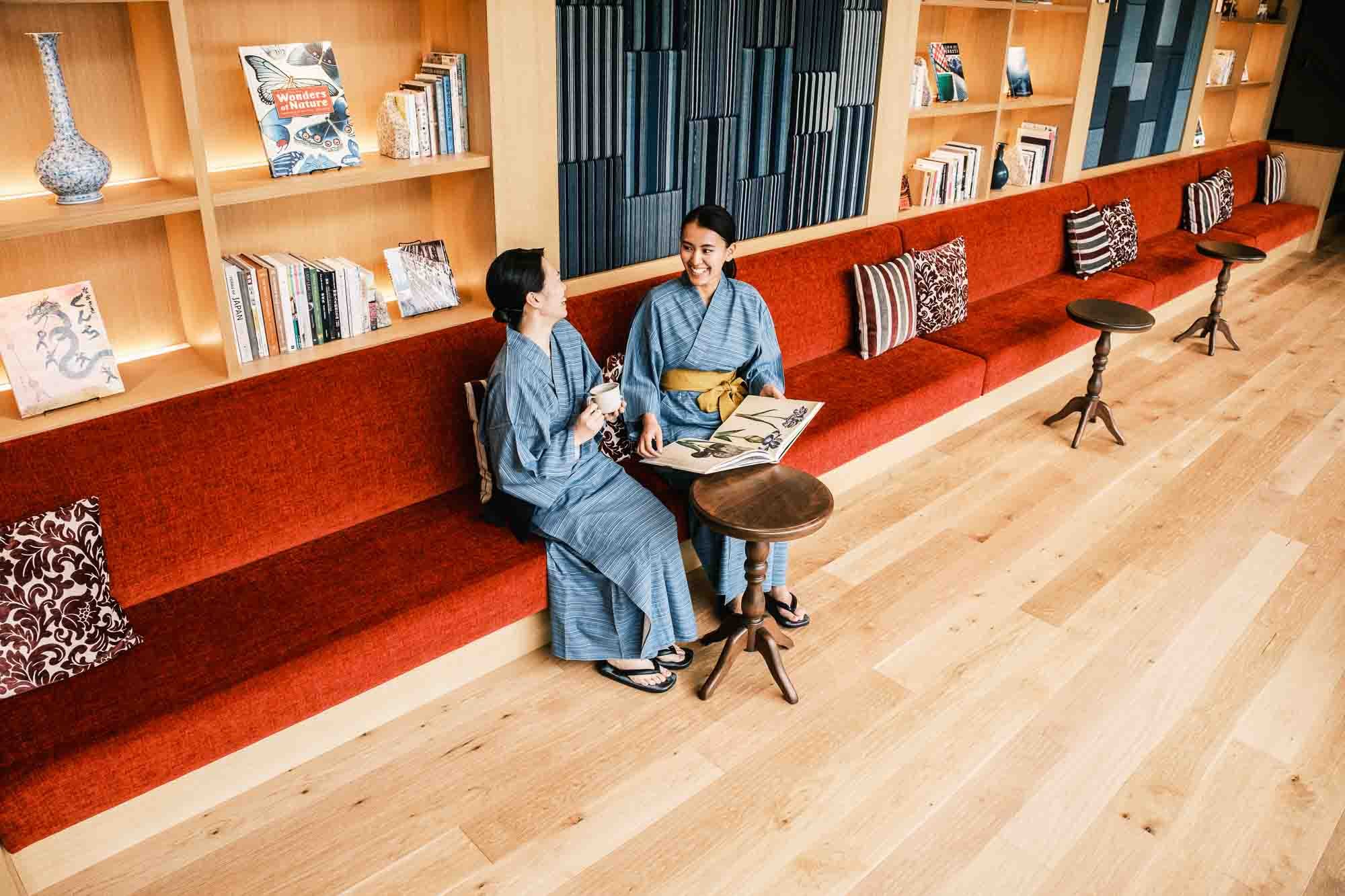

Kinsui – A family-run kappo ryokan on the shores of Lake Hamana
Run by the same family for three generations, Kinsui is one of those places where the owner greets you by name and serves your dinner. It’s a kappo ryokan, so the food is the main attraction: seasonal, locally sourced, and beautifully presented. The building is simple but warm, with tatami rooms that open onto a private garden. The highlight of this stay, apart from the food, of course, was a walk along Lake Hamana at sunset.
Keiryu Villa Itsuki – A riverside retreat in the mountains of Kumamoto
Keiryu Villa Itsuki was one of the more unique places I’ve stayed, with quiet riverside villas tucked into the mountains of southern Kumamoto. My villa had a deep stone bath, a wood-pellet stove for cool evenings, and a private deck with a tented seating area, cushions, and a heater for outdoor lounging. Guests can head out for kayaking or bungee jumping nearby, but it’s just as easy to stay put and take things slow. Meals are centered around Dutch oven cooking, with dinner served on the deck when the weather’s right. You can read more about Keiryu Villa and other places to stay and eat in Kumamoto in “The Premium Chefs of Kumamoto,” a piece I wrote and photographed for the Tokyo American Club.





My work has taken me into all kinds of spaces in Japan, from coastal villas to countryside ryokan. I take a holistic approach to hospitality photography, focusing not just on food and accommodations, but telling the story of the place, and giving travelers a sense of how they might experience it.
If you’re looking for a hospitality photographer in Japan, for interiors, food, or full-location coverage, feel free to get in touch. I’m based near Tokyo and work throughout Japan and Asia.
All images © Ben Weller. All rights reserved.
No part of these photographs may be copied, reproduced, stored, or used in any form—digital or print—without the express prior written permission of the photographer.






